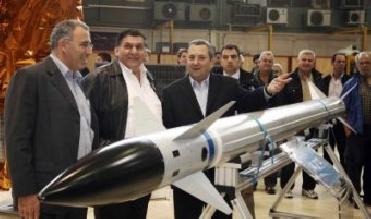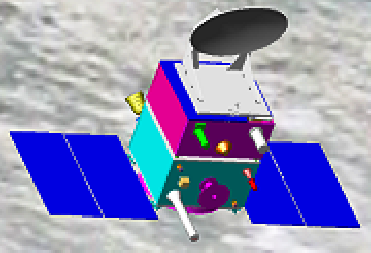
This infrared snapshot of a region in the constellation Carina near the Milky Way was taken shortly after NASA's Wide-field Infrared Survey Explorer (WISE) ejected its cover. The image shows thousands of stars and covers an area three times the size of the Moon. NASA/JP-Caltech/UCLA Photo.
PASADENA (BNS): NASA's Wide-field Infrared Survey Explorer (WISE) has captured its first look at the starry sky that it will soon begin mapping in the infrared light.
According to a news release by NASA, WISE, launched on Dec. 14 will scan the space in search of millions of hidden objects like asteroids, and other numerous stars.
As soon as the space telescope's cover was removed, WISE captured a new infrared image thus exposing the instrument's detectors to starlight for the first time.
The image covers a patch of sky about three times larger than the full moon. The patch was selected because it does not contain any unusually bright objects, which could damage instrument detectors if observed for too long. The picture was taken while the spacecraft was staring at a fixed patch of sky and is being used to calibrate the spacecraft's pointing system, as reported in the release.
"Right now, we are busy matching the rate of the scan mirror to the rate of the spacecraft, so we will capture sharp pictures as our telescope sweeps across the sky," said William Irace, the mission's project manager at NASA's Jet Propulsion Laboratory in Pasadena, California.
The spectacular image was presented on Wednesday at the 215th meeting of the American Astronomical Society in Washington.
WISE will spend rest of the nine months scanning the cosmos in infrared light. The telescope will be taking "freeze-frame" snapshots every 11 seconds, resulting in millions of images of the entire sky. The explorer will also provide size and composition information of all these objects which will help scientists learn more about the mysteries hidden behind the vast Universe.
The mission will end when the frozen hydrogen that keeps the instrument cold evaporates away, an event expected to occur in October 2010.
 Previous Article
Previous Article Next Article
Next Article













The Indian Air Force, in its flight trials evaluation report submitted before the Defence Ministry l..
view articleAn insight into the Medium Multi-Role Combat Aircraft competition...
view articleSky enthusiasts can now spot the International Space Station (ISS) commanded by Indian-American astr..
view article